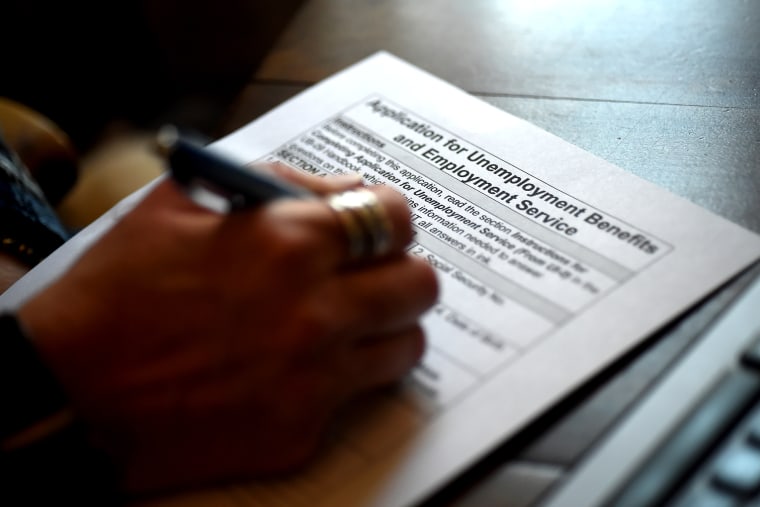As regular readers know, progress on weekly unemployment claims has been hit or miss in recent months, though the new report from the Labor Department pointed in a discouraging direction.
In the week ending February 6, the advance figure for seasonally adjusted initial claims was 793,000, a decrease of 19,000 from the previous week's revised level. The previous week's level was revised up by 33,000 from 779,000 to 812,000. The 4-week moving average was 823,000, a decrease of 33,500 from the previous week's revised average.
As a rule, decreases are inherently better than increases, but in this case, the details matter: the new data on initial jobless claims only looks good as compared to the previous report, which was revised to look considerably worse.
What's more, as of this morning's report, this is the 47th consecutive week in which the number of Americans filing for unemployment benefits was worse than at any time during the Great Recession.
It's also a reminder, as multiple reports have indicated, that President Joe Biden has inherited the worst job market of any modern American president.
As we've discussed many times, there's no great mystery as to the cause: the more the nation struggles with the coronavirus pandemic, the greater the toll it takes on the economy. Indeed, this comes on the heels of the recent monthly jobs reports, which have also offered more bad news.
I continue to believe there's reason to believe conditions will improve. For one thing, vaccines are starting to reach the public in larger numbers, and vaccination rates are expected to increase considerably in the coming weeks and months. For another, the latest congressional relief package included unemployment aid, direct-aid checks, and a revised Paycheck Protection Program, each of which should help make a positive difference.
But few seriously believe the economy is on stable footing, and the need for additional congressional investments -- sooner rather than later -- seems obvious.
Indeed, as Bloomberg News reported, this case was bolstered yesterday by the man Donald Trump and Senate Republicans chose to lead the Federal Reserve.
Federal Reserve Chair Jerome Powell said the U.S. job market remains a long way from a full recovery and called on both lawmakers and the private sector to support workers.... Powell's remarks echo the urgency voiced by President Joe Biden for his $1.9 trillion in additional pandemic aid, a package that is moving ahead in Congress despite Republican opposition. In doing so, he also delivered a nuanced rebuttal to the minority of Democrats, as exemplified by former Treasury Secretary Lawrence Summers, who view that relief proposal as too large.
While the official unemployment rate has improved to 6.3%, the Fed chair explained that this doesn't fully reflect Americans who've exited the workforce altogether. Powell added that a fuller measure of unemployment would put the rate at roughly 10% -- matching the worst points of the Great Recession more than a decade ago.
It's against this backdrop that congressional Democrats continue to move forward on an ambitious COVID relief package. The party is still aiming to complete the process by the end of this month.

